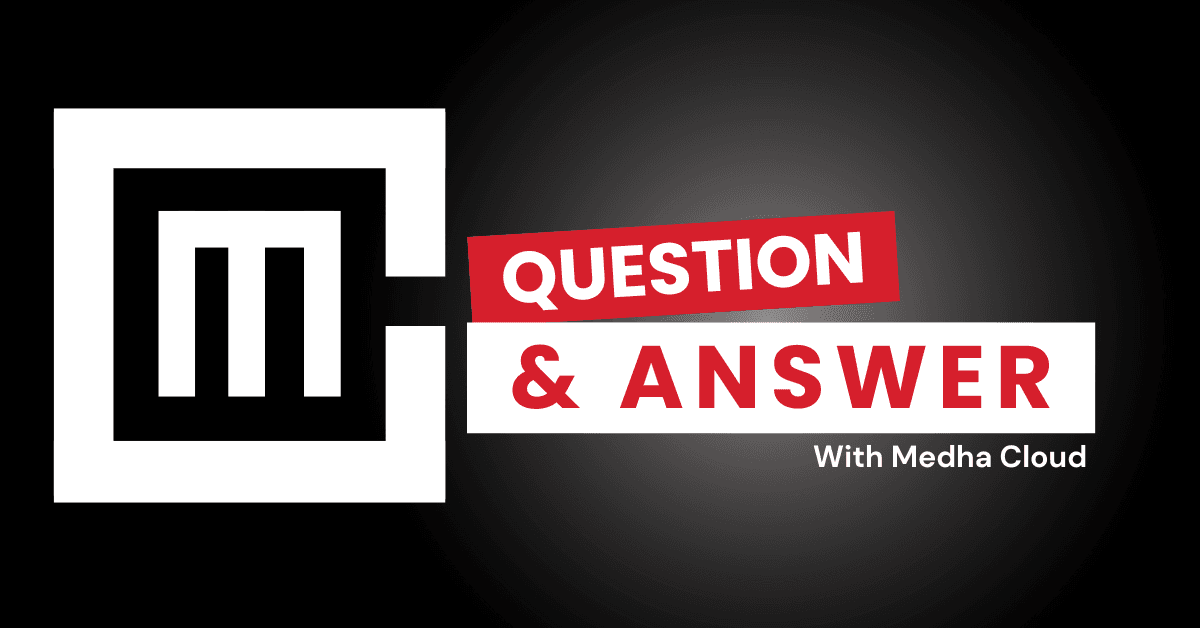Microsoft Defender integrates with Microsoft 365 Business Standard to provide basic threat protection for email, files, and collaboration tools. It safeguards against phishing, malware, and ransomware attacks, ensuring secure communication and data handling. However, its advanced features are limited compared to Microsoft 365 Business Premium.
Key integrations of Microsoft Defender with Microsoft 365 Business Standard
Email protection in Exchange Online
- Safe Links: Scans URLs in emails to block access to malicious sites.
- Safe Attachments: Scans email attachments for malware or suspicious content before delivery.
- Anti-phishing: Identifies and blocks phishing attempts using AI-powered algorithms and machine learning.
File protection in OneDrive and SharePoint
- Malware detection: Automatically scans files uploaded to OneDrive and SharePoint for malware.
- Ransomware recovery: Alerts users of suspicious activity and helps restore affected files from OneDrive backups.
Collaboration protection in Microsoft Teams
- Link scanning: Examines links shared in Teams to ensure they are safe.
- File scanning: Scans files shared through Teams for malicious content.
Admin monitoring and controls
- Threat intelligence: Provides admins with insights into potential threats and security incidents.
- Real-time alerts: Notifies admins of suspicious activities, such as compromised accounts or unsafe file uploads.
- Safe Sender and Block List management: Allows administrators to manage trusted senders and block known malicious sources.
Limitations of Microsoft Defender in Business Standard
- No endpoint protection: Business Standard does not include Microsoft Defender for Business, which offers endpoint protection for devices like laptops, desktops, and mobile phones.
- Limited incident response: While threats are detected and blocked, automated remediation and response capabilities are available only in Microsoft 365 Business Premium.
- Basic compliance tools: Advanced tools for threat analytics, compliance, and attack simulation are part of Premium plans.
Benefits of Microsoft Defender in Business Standard
- Improved email security: Protects against phishing and malicious content in emails.
- Collaboration safety: Ensures files shared via OneDrive, SharePoint, and Teams are free of malware.
- Seamless integration: Works automatically with Microsoft 365 apps, requiring minimal setup.
- Cloud-based updates: Regularly updates to address emerging threats without requiring manual intervention.
How to enable and configure Microsoft Defender features
- Access the Security & Compliance Center:
- Enable Safe Links and Safe Attachments:
- Navigate to Threat Management > Policy > Safe Links or Safe Attachments, and turn on protection policies.
- Configure anti-phishing policies:
- Set up custom anti-phishing rules to protect users from impersonation attacks.
- Monitor threats:
- Use Threat Explorer in the Admin Center to monitor and investigate suspicious activities.
Upgrading to Microsoft 365 Business Premium for advanced security
For enhanced protection, consider Microsoft 365 Business Premium, which includes:
- Microsoft Defender for Business: Endpoint protection for all devices.
- Automated remediation: Automatically investigates and resolves security threats.
- Advanced threat analytics: Provides detailed insights into attack methods and potential vulnerabilities.
Conclusion
Microsoft Defender in Microsoft 365 Business Standard provides essential protection against email-based threats, malicious files, and unsafe links. For businesses needing advanced device protection and automated threat response, upgrading to Microsoft 365 Business Premium is recommended.
Need help configuring Microsoft Defender for your business? Medha Cloud offers expert security solutions tailored to your needs.


